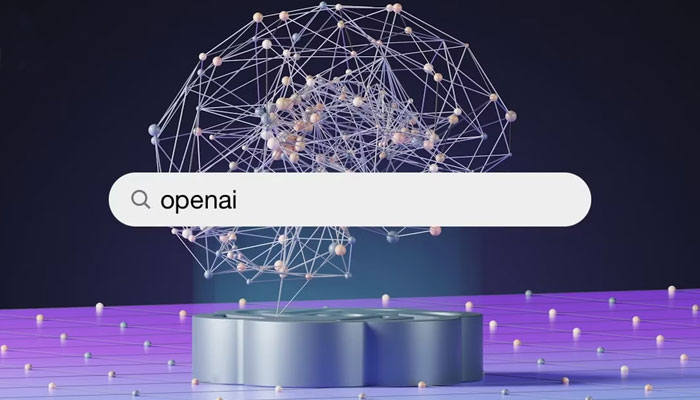
OpenAI has been steadily revealing details about its upcoming AI models, leaving the tech world abuzz with speculation. The company's Chief Technology Officer, Mira Muratti, recently hinted that within two years, people could see AI as intelligent as a professor.
This new model, whether dubbed GPT-5, GPT-5o, or another name entirely, promises to build on the revolutionary GPT-4o technology introduced earlier this year, which includes native voice and vision capabilities.
Muratti’s comments at a Dartmouth talk highlighted the significant trajectory of AI development. "GPT-3 was like toddler-level intelligence, GPT-4 akin to a smart high schooler, and in the next couple of years, we're looking at PhD-level intelligence for specific tasks," she explained. This suggests a rapid evolution in AI capabilities, with significant advancements on the horizon.
Multimodal AI and market pressures
The launch of GPT-4o was a game-changer, integrating text, images, and native voice and vision into a true multimodal model. However, despite these advancements, OpenAI faces increasing competition. Rivals like Anthropic's Claude are reportedly outperforming ChatGPT, and Meta is ramping up its AI investments.
OpenAI’s focus has shifted towards a product-centric approach, with CEO Sam Altman considering making the company for-profit and exploring a public listing. While the goal remains Artificial General Intelligence (AGI), Muratti's comments suggest a nuanced shift towards excelling in specific tasks rather than broadly general systems.
Safety and future capabilities
Muratti emphasised the importance of safety in developing advanced AI. "Safety and intelligence go hand-in-hand," she noted, stressing the need for embedded safety guardrails. Future AI models could have agentic capabilities, seamlessly collaborating with humans and other AI systems.
Looking ahead, Muratti predicted that within two years, AI models could demonstrate intelligence surpassing human experts in specific domains. This rapid progress necessitates a new science of capability prediction to mitigate potential risks.
As OpenAI continues to innovate, the tech world eagerly anticipates the next generation of AI models, poised to transform industries and redefine human-AI collaboration.
















